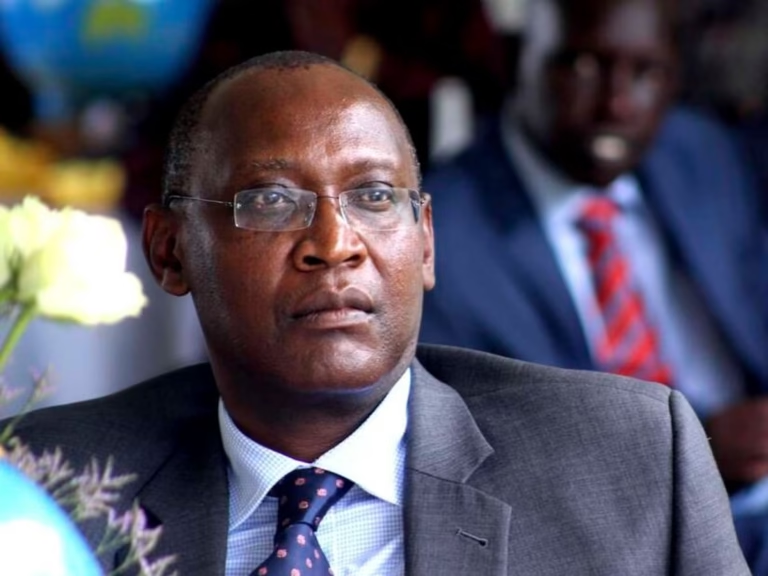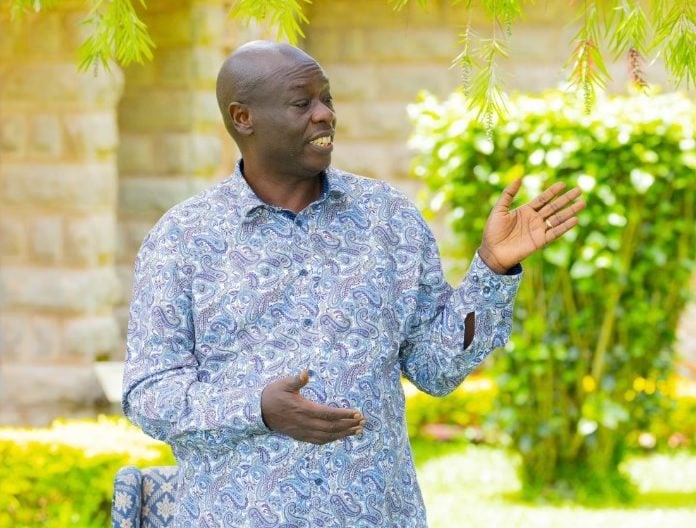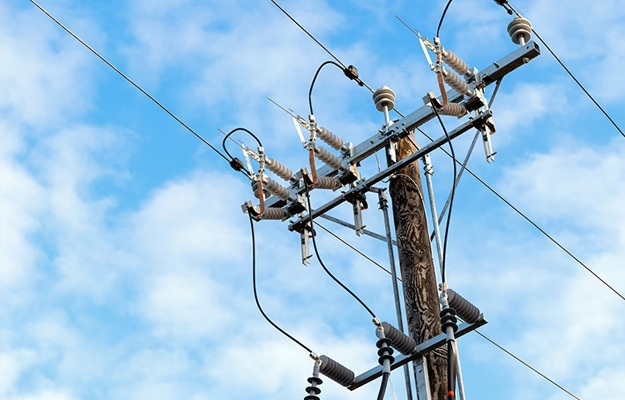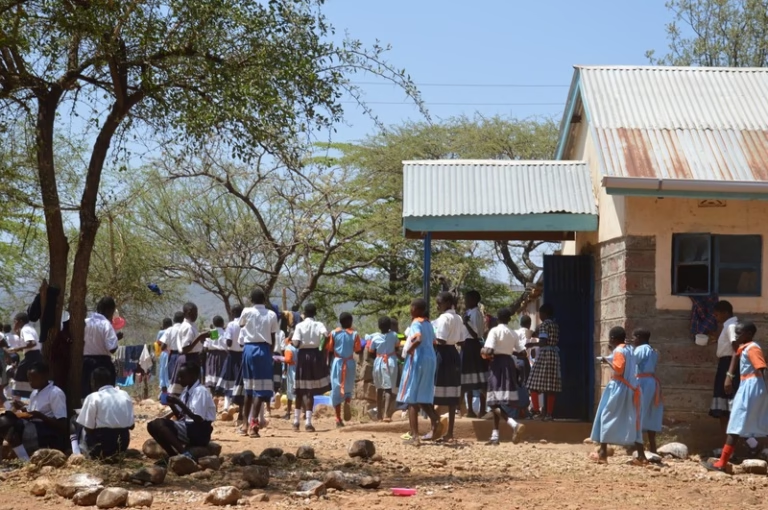
Mark Carney’s Liberal Party has secured a fourth consecutive term in Canada’s 2025 federal election, defying earlier predictions of a Conservative victory. The Liberals are projected to win 168 seats, just four short of the 172 needed for a majority in the House of Commons, indicating they may need to collaborate with smaller parties to govern effectively.
Carney, a former central banker with no prior elected office experience, assumed leadership of the Liberal Party in March following Justin Trudeau’s resignation amid declining approval ratings. His campaign focused on national unity and economic resilience, resonating with voters concerned about escalating trade tensions with the United States under President Donald Trump.
Trump’s imposition of tariffs on Canadian goods and suggestions of annexing Canada as the 51st state sparked a surge in Canadian nationalism. Carney capitalized on this sentiment, positioning himself as a defender of Canadian sovereignty. In his victory speech, he declared, “Trump is trying to break us,” emphasizing his commitment to protecting Canada’s interests.
The election results also led to significant shifts in the opposition. Conservative leader Pierre Poilievre, once considered a frontrunner, lost his seat in Carleton, Ontario, after two decades in office. Despite this setback, he announced plans to remain as party leader, citing the Conservatives’ gain of over 20 seats and a historic vote share.
Meanwhile, New Democratic Party leader Jagmeet Singh announced his resignation following the party’s underperformance and loss of his own seat.
Carney’s victory is seen as a response to both domestic challenges and external pressures. His extensive experience in global finance and his stance against U.S. trade policies have positioned him as a unifying figure during a period of uncertainty. As he prepares to form his cabinet, Canadians await the next steps in navigating the nation’s political and economic landscape.






